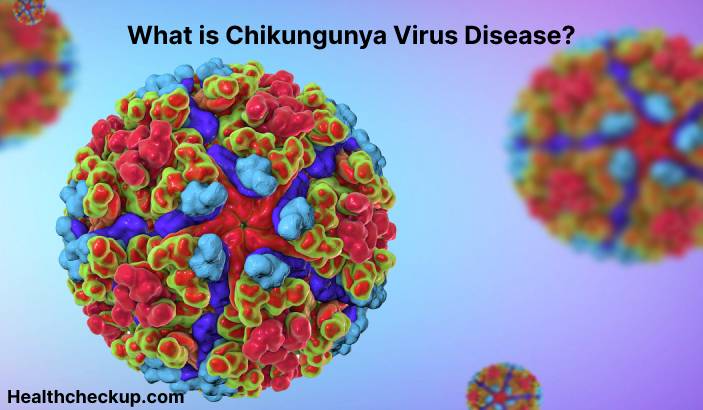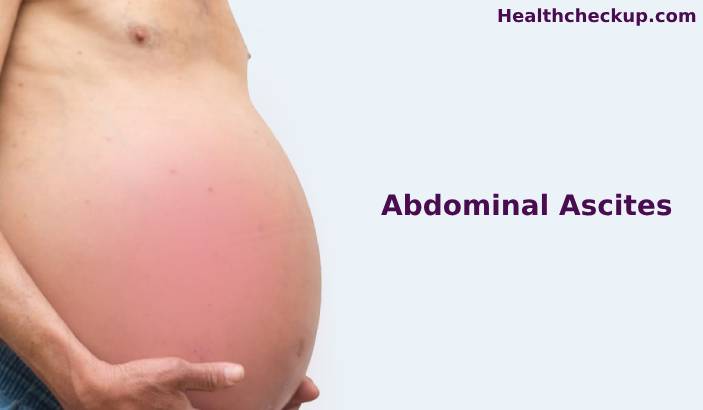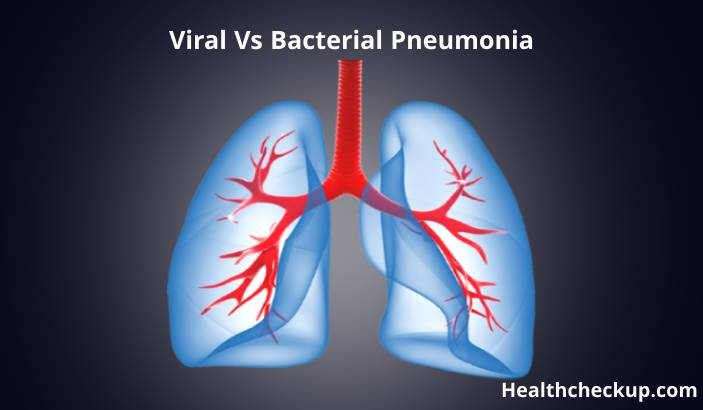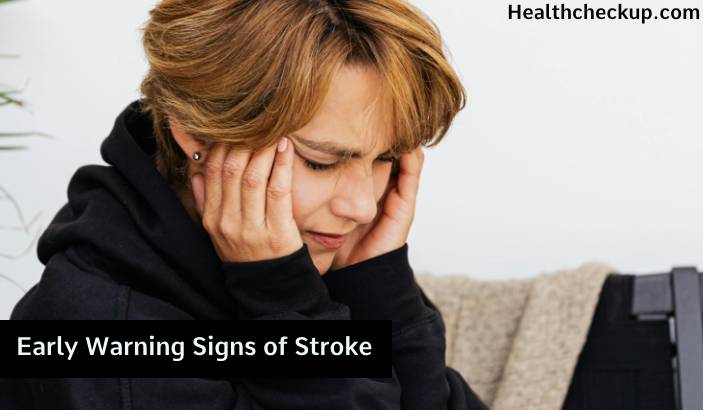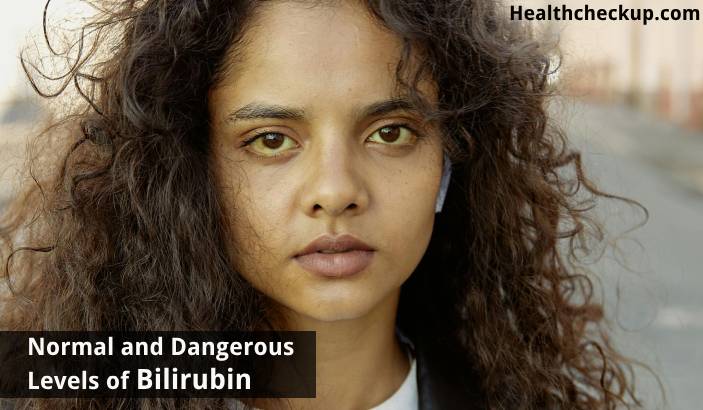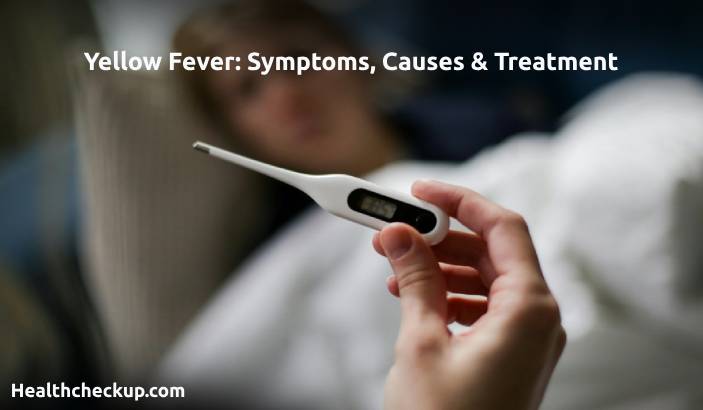Chikungunya virus disease is a viral infection transmitted to humans by mosquitoes. It is characterized by fever and joint pain, which can be severe and long-lasting. In this article, we will explore the symptoms, diagnosis, treatment, and prevention of chikungunya virus disease.
Symptoms of chikungunya virus disease
Symptoms of chikungunya virus disease typically appear within three to seven days after being bitten by an infected mosquito. Symptoms include:
- Fever
- Joint pain, which can be severe and long-lasting
- Headache
- Muscle pain
- Rash
- Nausea and vomiting
Diagnosis of chikungunya virus disease
Chikungunya virus disease is typically diagnosed based on the characteristic symptoms and a person’s recent travel history or exposure to infected mosquitoes. Laboratory testing, such as a blood test, is used to confirm the diagnosis.
Treatment of chikungunya virus disease
There is no specific treatment for chikungunya virus disease. Treatment is typically supportive and includes measures to manage symptoms, such as pain medications and rest.
In severe cases, hospitalization is necessary to provide supportive care, such as intravenous fluids and pain management.
Prevention of chikungunya virus disease
Chikungunya virus disease can be prevented through mosquito control measures and personal protection against mosquito bites. This includes:
- Using insect repellents
- Wearing long-sleeved shirts and pants
- Using mosquito nets
- Eliminating standing water, where mosquitoes breed
Vaccines for chikungunya virus disease are currently in development, but are not yet available.
It is important to seek medical attention if chikungunya virus disease is suspected, as early treatment can help to manage symptoms and reduce the risk of complications.


